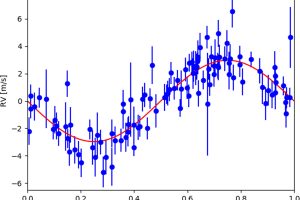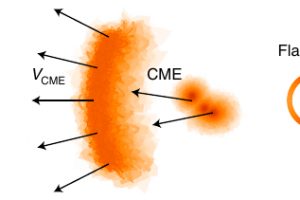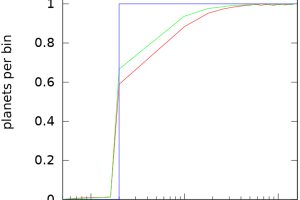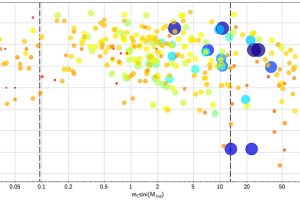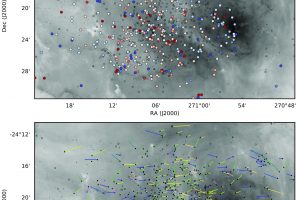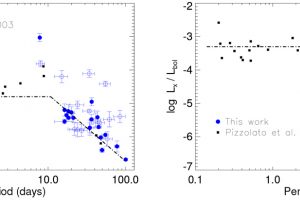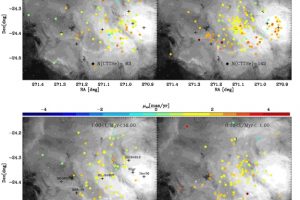The properties of the stellar cluster Pismis 18 unveiled by the Gaia-ESO Survey. The study: “The Gaia-ESO Survey: The inner disc, intermediate-age open cluster Pismis 18” of D. Hatzidimitriou (University of Athens), recently appeared on A&A
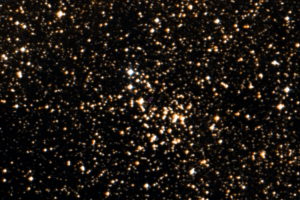
The inner disk of the Milky Way is the region of the disk of our Galaxy within about 26000 light years from its center. This region is of particular interest, since it lies between the bulge and the outer disk of the Milky Way. However, a few studies of the stellar clusters in the inner disk exist to date, despite
» Read more
